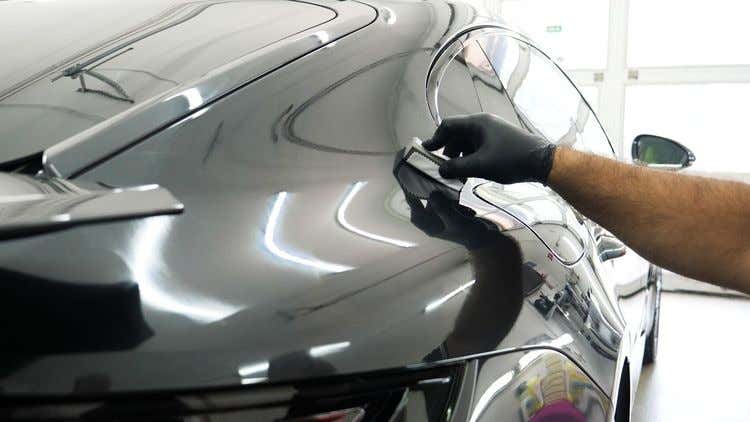
Car ceramic coating is a revolutionary technology that has gained popularity in the automotive industry. This cutting-edge service offers numerous benefits, not only in terms of aesthetics but also in protecting your vehicle from various external elements. In this article, we will delve into the science behind car ceramic coating and explore how this innovative solution can transform your vehicle.
What is Car Ceramic Coating?
Car ceramic coating, also known as nano-coating, is a liquid polymer that is applied to the exterior of a vehicle. Once applied, the coating chemically bonds with the vehicle's factory paint, creating a protective layer. This protective layer is hydrophobic, meaning it repels water, dirt, and other contaminants. Refer: https://www.thediamondautosalon.com/ceramic-coating
Key Features of Car Ceramic Coating:
- Chemically bonds with the paint
- Creates a hydrophobic surface
- Protects against UV damage
- Enhances shine and gloss
- Reduces maintenance efforts
How Does Car Ceramic Coating Work?
The science behind car ceramic coating lies in the chemical composition of the product. Most ceramic coatings contain silicon dioxide (SiO2) or titanium dioxide (TiO2), which are the main ingredients responsible for the protective properties of the coating.
Process of Applying Car Ceramic Coating:
- Vehicle is thoroughly washed and decontaminated
- Paint is polished to remove imperfections
- Ceramic coating is applied using an applicator pad
- Coating is left to cure for a certain period